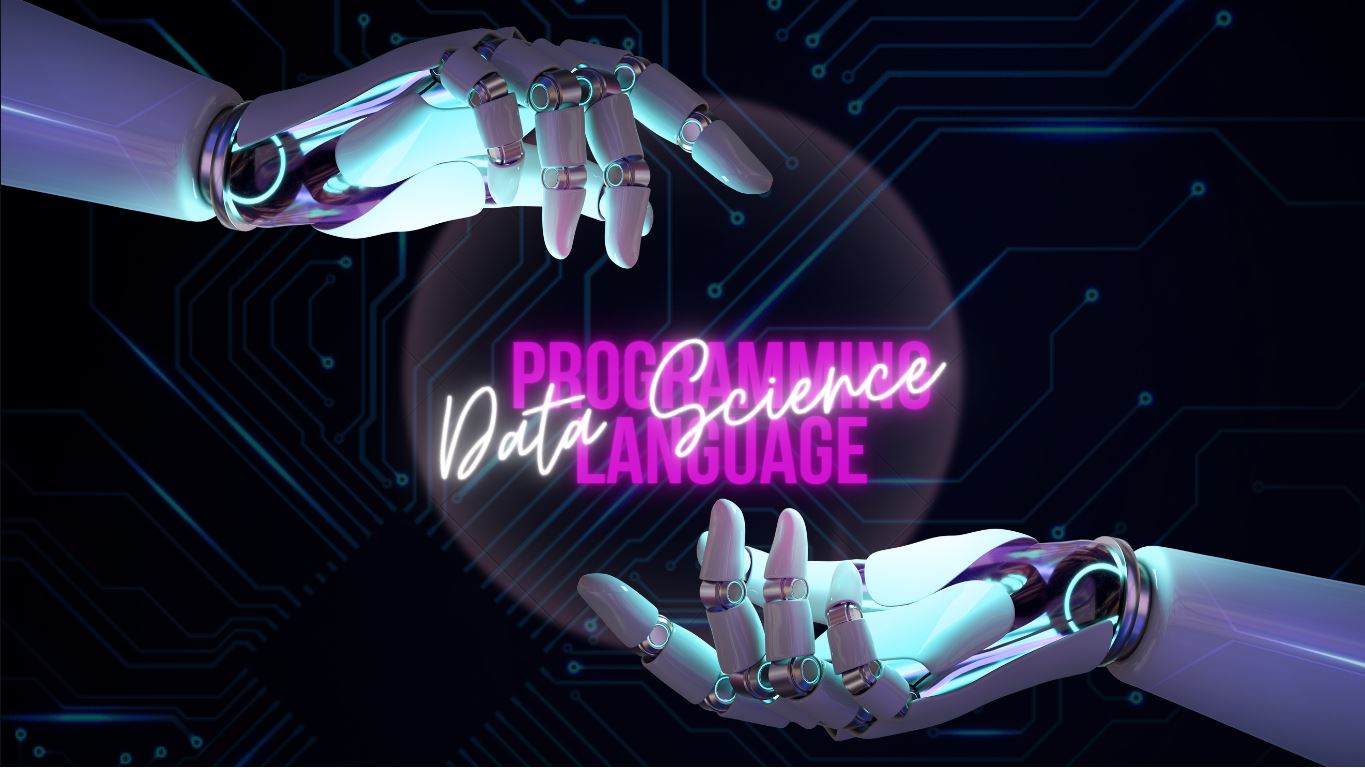- Likes
- Followers
- Followers
- Followers
- Subscribers
- Followers
- Members
- Followers
- Members
- Subscribers
- Subscribers
- Posts
- Comments
- Members
- Subscribe
Top 10 Programming Languages for Data Science Projects

If you are a Data Science enthusiast and want to learn top programming languages for data science projects then in this article I’ll let you know the programming languages assisting data science projects. Data science is an art of extracting insights from Data. At the core of every data science project lies a programming language. In my earlier article, I had explored for you the machine learning tools, data science tools, & top 10 programming languages for machine learning projects which assist in the respective technologies.
Using machine learning and data science, developers can enhance app development process and can implement predictive analytics and machine learning models in apps. In this article, I’ll explore the top programming languages for data science projects, examining their strengths, weaknesses, and use cases.
In the era of big data, data science has become a driving force behind business decisions, scientific research, and technological advancements. One of the key pillars of data science is the choice of programming language. In this article, I’ll explore the top programming languages that empower data scientists to analyze, visualize, and extract valuable insights from complex datasets.
1. Python Programming Languages for Data Science
Python is the undisputed champion of data science. Its simplicity, readability, and a vast ecosystem of libraries and frameworks make it the preferred language for data scientists worldwide. Libraries such as NumPy, pandas, Matplotlib, and Seaborn facilitate data manipulation, analysis, and visualization. Python also offers powerful machine learning libraries like scikit-learn and TensorFlow, making it a one-stop-shop for data science projects.
2. R Programming Languages for Data Science
R is a language built by statisticians for statisticians. It excels in data analysis, statistical modeling, and data visualization. The extensive collection of packages, including ggplot2, dplyr, and tidyr, simplifies complex data tasks. R’s rich statistical libraries and its ability to create stunning visualizations make it indispensable for researchers and analysts.
3. SQL
Structured Query Language (SQL) is the frontrunner managing relational databases. Proficiency in SQL is crucial for data scientists as it allows them to retrieve, manipulate, and analyze data stored in relational database management systems (RDBMS). SQL is a fundamental skill in data engineering and data analysis.
4. Java
Java’s versatility extends to data science, especially in big data processing. Apache Hadoop, a Java-based framework, is widely used for distributed data storage and processing. Java’s strong typing and performance make it suitable for building robust and scalable data-driven applications.
5. SAS
SAS (Statistical Analysis System) software suite is used for advanced analytics, business intelligence, and data management. It offers a range of tools for data manipulation, statistical analysis, and predictive modeling. SAS is commonly used in industries where data accuracy, security, and compliance are paramount.
Posts You May Like
6. Julia Programming Languages for Data Science
Julia is an emerging language designed for high-performance numerical and scientific computing. It bridges the gap between Python’s ease of use and C++’s performance. Julia’s just-in-time (JIT) compilation and parallel processing capabilities make it a strong contender for data-intensive tasks.
7. Scala Programming Languages for Data Science
Scala combines object-oriented and functional programming paradigms, making it naturally suitable for data engineering and analysis. Apache Spark, a distributed data processing framework, is written in Scala, allowing data scientists to leverage its capabilities for big data analytics. Libraries like Breeze and Smile offer machine learning capabilities while leveraging Scala’s conciseness and functional programming features. Scala’s compatibility with Java allows developers to seamlessly integrate with Java-based frameworks like Apache Spark.
8. Haskell Programming Languages for Data Science
Haskell’s strong type system and functional programming features make it an interesting choice for data scientists exploring data analysis from a purely functional perspective. While not as popular as Python or R, Haskell’s expressive nature can be a valuable asset in specific data science projects.
9. C++
C++ is known for its speed and efficiency, making it useful for computationally intensive data science tasks. Libraries like Armadillo and mlpack offer machine learning and data analysis capabilities. C++ is particularly suited for applications where real-time processing and resource optimization are essential.
10. GNU Octave Programming Languages for Data Science
GNU Octave is used for the projects where relatively small amount of data but strong arithmetic calculations are needed. It is a high level programming language with scientific computing and numeric calculations capabilities.
Conclusion
Choosing the right programming language is a crucial decision in any data science project. Python’s versatility, R’s statistical prowess, SQL’s database querying capabilities, and other languages like Java, SAS, Julia, Scala, Haskell, and C++ all have their unique strengths and applications. The choice ultimately depends on the specific requirements of the project, the available libraries, and the data scientist’s familiarity with the language. Regardless of the language chosen, data science continues to thrive as a field that harnesses the power of programming to turn raw data into actionable insights.
Image credit- Canva


Comments are closed.